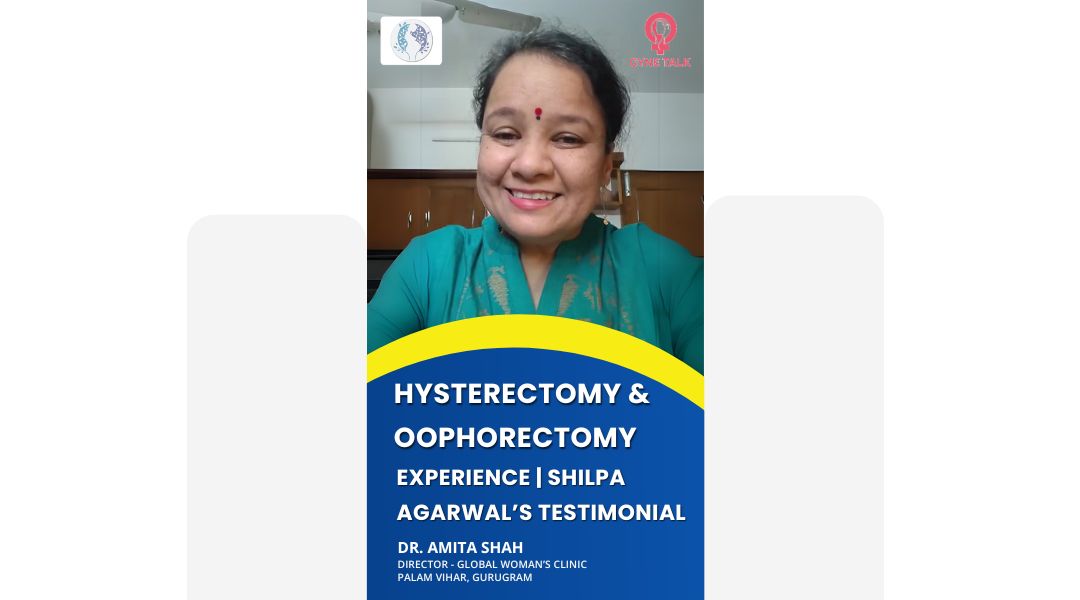Myomectomy surgery refers to removing uterine fibroids, whereas fibroid surgery has broader aspects that include myomectomy operation apart from fibroid removal. Many women search for “what is myomectomy” or “myomectomy meaning”, which simply refers to the surgical removal of fibroids from the uterus. If you have undergone any of the surgeries mentioned, you require proper nutrition for quicker recovery.
This informative blog will review the five essential dietary recommendations to ensure a fast and effective recovery after myomectomy of uterus or fibroid surgery, whether it is an open myomectomy, laparoscopic myomectomy, vaginal myomectomy, or myomectomy hysteroscopy.
-
Balanced and Nutritious Diet
A balanced, healthy, and nutritious diet is crucial for quicker recovery after any procedure of myomectomy. Depending on the myomectomy indications, a patient may undergo lap myomectomy surgery, myomectomy abdominal, or even hysteroscopy and myomectomy. Regardless of the type, the right nutrition supports faster healing.
Your meals should contain the right amounts of:
- Proteins
- Carbohydrates
- Fats
- Minerals
- Vitamins
Key Food Groups to Include
To have a balanced and nutritious diet, make sure to include:
- Whole grains (e.g., bread, oats)
- Lentils and legumes
- Vegetables
- Fruits
If you’re sticking to lighter foods like porridge or khichdi, enhance them by adding various vegetables for additional nutrition and fibre.
-
Increase Protein Intake
Protein plays a vital role in recovery, especially after laparoscopic myomectomy recovery or any other type of myomectomy operation. If you have undergone surgery and have stitches, protein helps repair tissues and supports faster healing.
Sources of Protein
Make sure to include these protein-rich foods in your diet:
- Dairy: Milk, yogurt, paneer
- Legumes: Lentils, chickpeas
- Meat: Eggs, chicken
Common Myths
Many rumours and myths exist about consuming dairy products like milk and yogurt after surgery. Many believe it slows recovery, but the truth is vice versa. Protein helps repair tissues and heal scars. Please don’t get carried away by the rumours and routine protein in your daily diet.
-
Maintain Good Fiber Content
You must maintain a solid fiber intake in your daily diet as it is essential for digestive health and prevents constipation and bloating after myomectomy procedure steps.
Fiber-Rich Foods to Include
Make sure you have the below-listed foods in your daily diet:
- Whole grain bread
- Multigrain bread
- Oats
- Vegetables
- Fruits rich in fibre
A high-fibre diet can help prevent muscle strains and reduce the risk of complications with stitches.
-
Stay Hydrated
Hydration is essential after myomectomy for fibroids, lap myomectomy, or any other type of surgery. Consider consuming 2 to 4 litres of water daily to avoid urinary infections and constipation.
Benefits of Adequate Hydration
Staying hydrated can help prevent:
- Urinary infections
- Constipation
Juice vs. Whole Fruits
People often consume a lot of juice. It is suggested that more fruit be consumed as the fiber content is higher than that in juice. A high amount of juice intake can raise sugar levels. Therefore, whole fruits are considered better than juice.
-
Boost Immunity with Vitamins and Minerals
To enhance recovery after open myomectomy or laparoscopic myomectomy, increase your intake of Vitamin C and zinc.
Sources of Vitamin C and Zinc
- Zinc: Found in dry fruits and nuts
- Vitamin C: Include fruits like oranges, seasonal fruits, lemons, and guavas
Incorporating these nutrients will support your body’s healing processes and help manage body changes after myomectomy.
Conclusion
The five essential dietary routines form for faster recovery after myomectomy surgery. Whether it’s laparoscopic myomectomy, vaginal myomectomy, or myomectomy abdominal, nutrition plays a key role in healing. Don’t fall prey to outdated beliefs about eating light; a balanced diet is essential.
The five essential dietary routines form for faster recovery
If you still wonder about the myomectomy definition, simply remember it’s the removal of fibroids while preserving the uterus. Tools like the Bonney myomectomy clamp are often used during the procedure.
For any queries about the myomectomy procedure steps or diet plan post-surgery, consult the best laparoscopic or gynaecologist surgeon. for guidance.







